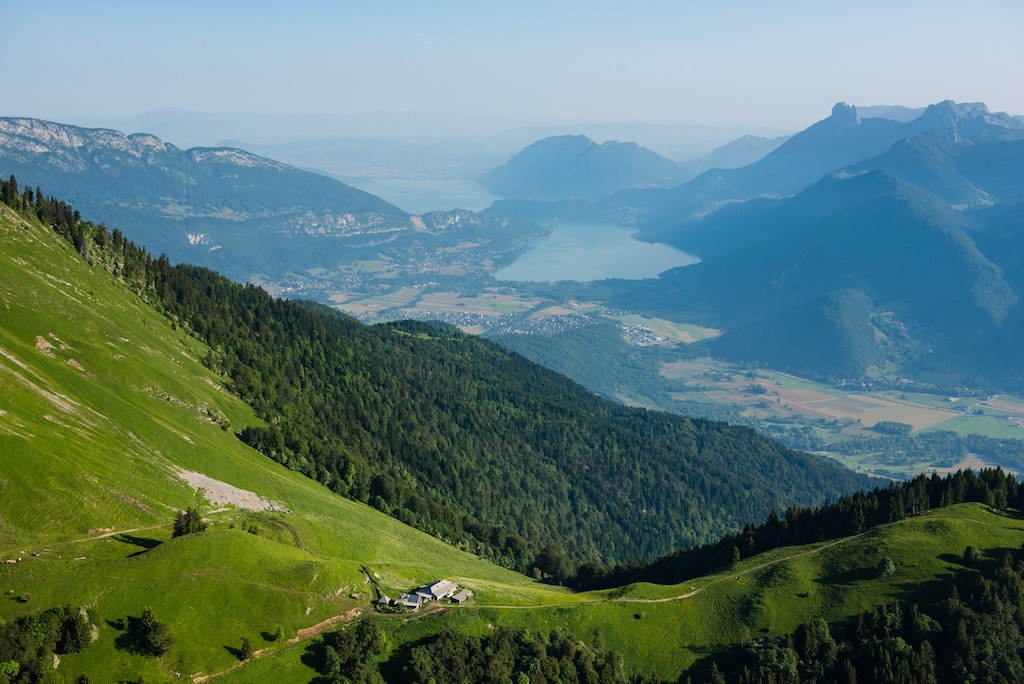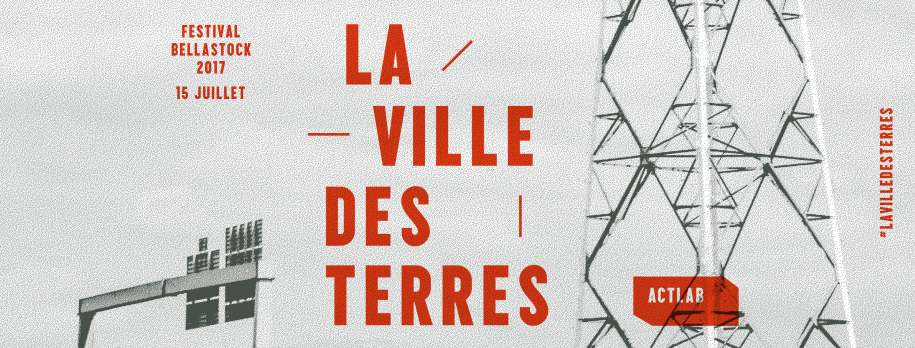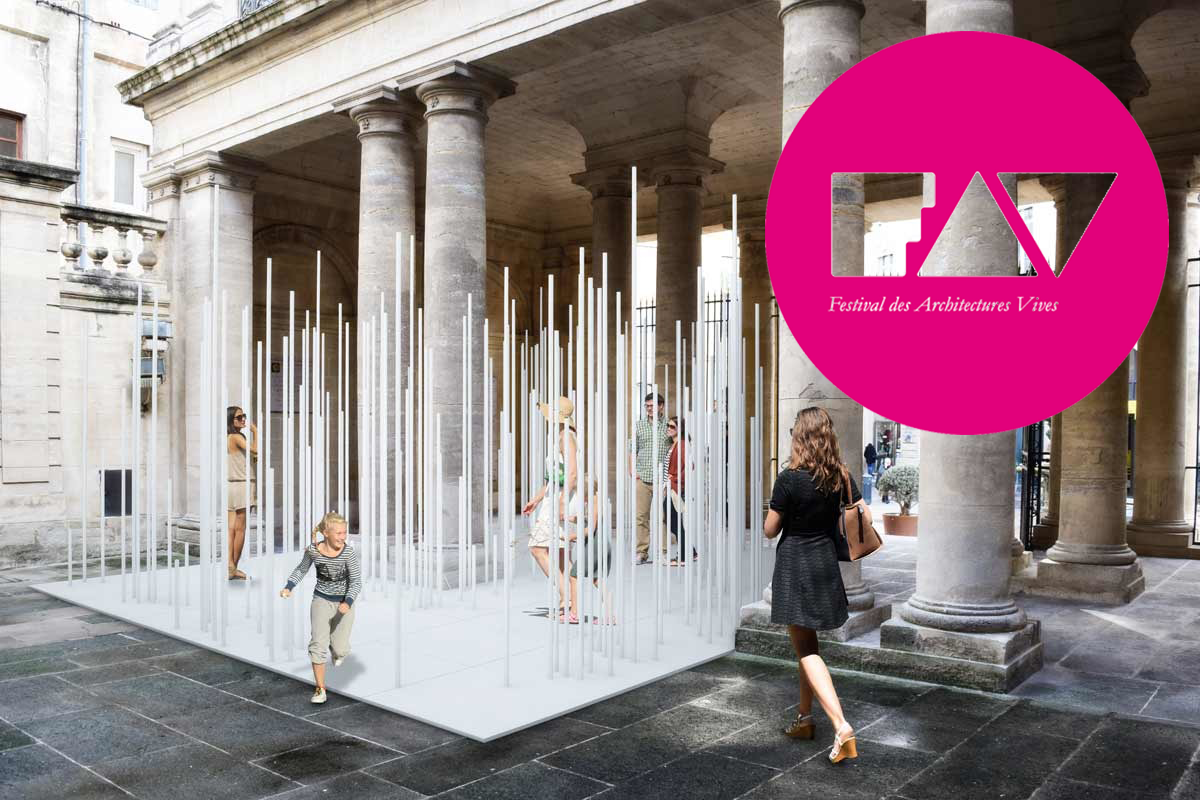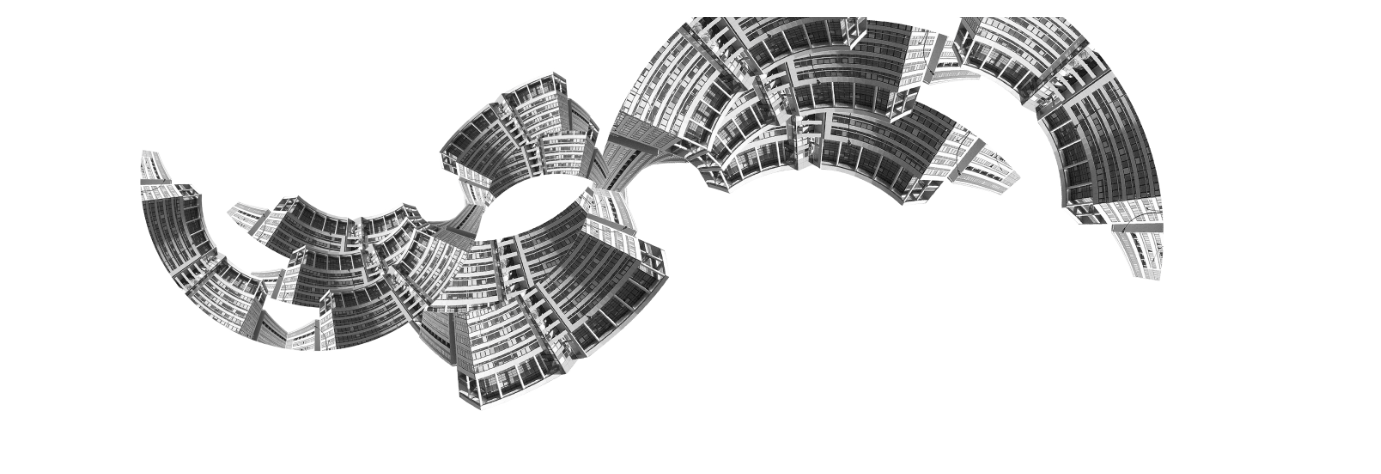The art of cabin-making
This text signed by Alain Derey – Doctor of Philosophy and Director of the National School of Architecture of Montpellier – questions art to build a cabin. It is an extract from the AA Projects special issue dedicated to the Festival of cabins published in March 2020.
There is something of a paradox to asking architects, young though they may be, to submit projects for a Festival of cabins designs… Not to mention, perhaps, the faint scent of provocation. Does one really need to be an architect to build a cabin — that is, to ensure the consistence of what would otherwise come apart and break away, to celebrate the fundamentals, while maintaining a permanent balance between in and outside, which is truly what makes a cabin? What could possibly be the appeal, if not the illusion of simplicity, the perspective of collaborating with artisans who work with their hands, who draw from their experience and their expertise of materials to build and inform the structure’s design? If it’s not the primitive habitat that matters, then why go back to such a fragile object? Rather, it is the humility of an act that conjures up the story of each individual builder and the ever-present possibility of a return to the self. Do ‘great architects’ still know how to build cabins?
I recently found out that matali crasset — admittedly an industrial designer — had heeded the call of the forest to work on a pastoral public commission1. She created a series of Maisons Sylvestres (sylvan homes) with evocative names — the chestnut, the mushroom, the chrysalis, the nestbox — offering visitors the chance to spend one night immersed in a natural setting. Of course, this is just one example among many, one that strays quite a distance from the ideal of the cabin as a permanent symbol of asceticism.
Should we then evoke the memory of the 19th-century man who rebelled against American culture by retreating into the woods, where he lived in a cabin that he had built himself on the shores of Walden Pond? Henry David Thoreau was wildly popular, and his cult book, ‘Walden or Life in the Woods’ was such a success that it is regularly republished in the form of selected excerpts. But what I believe to be the true paradox behind the art of cabin-making is the nomadic notion that we associate to it. Built without foundations, a cabin stands unpropped on the world, in a sort of ‘unterritorialism’. In a way, it belongs to nomadism, as if, because it is not meant to last, it could just be rebuilt anywhere and travel along with the person who rst fashioned it. So in the mind of the person who might at any moment decide to build one, a cabin is rst and foremost a last resort.
1 L’art à ciel ouvert, la commande publique au pluriel (2007-2019), Flammarion, 2019
Read the history of the Festival of cabins in the AA Project special issue dedicated to it, available on our online store.





